The notion that government documents should get a pass when it comes to clean, functional, or aesthetically pleasing design is outdated in an era where design consciousness has permeated every aspect of modern life.
Some countries have shown the world that there’s no reason passports have to be ugly: Norway introduced a minimalist passport redesign last year that included a surprise feature on the inside (with Canada at least partially following suit).
So when the U.K. released a new passport design on Wednesday with a theme of celebrating 500 years of British creativity, it was all the more disappointing to find that the design was a missed opportunity, as bland as the new U.S. Web Design Standards that were unveiled to little fanfare in September. The fact that Britain could only manage to come up with two women—mathematician Ada Lovelace and architect Elisabeth Scott—worthy of honoring in 500 years has caused its own sexist uproar.
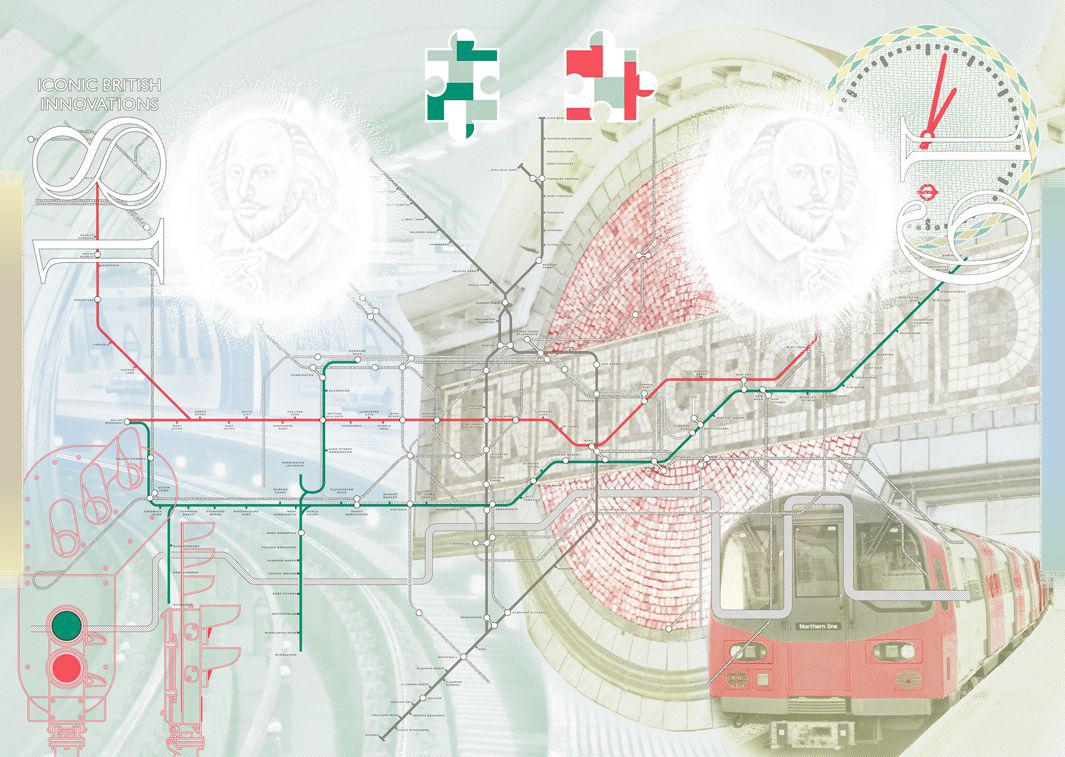
The London Underground.
Courtesy of the Home Office
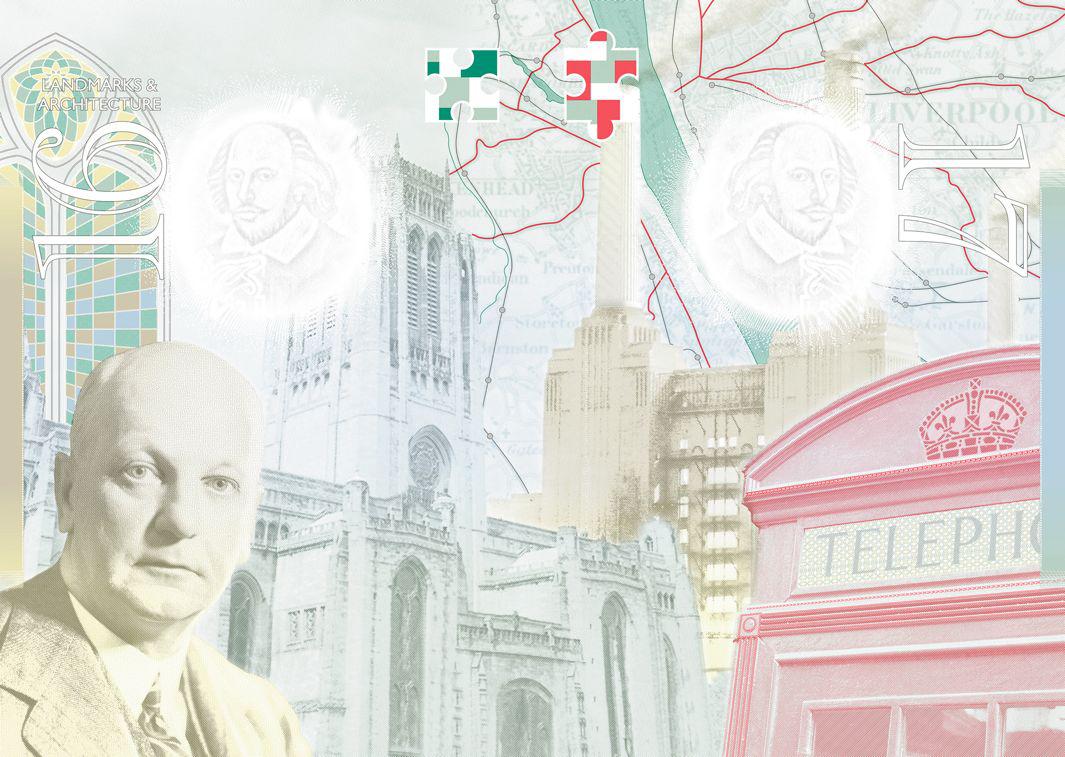
Architect Giles Gilbert Scott and his designs for Liverpool Cathedral, Battersea Power Station, and a K2 red telephone box.
Courtesy of the Home Office
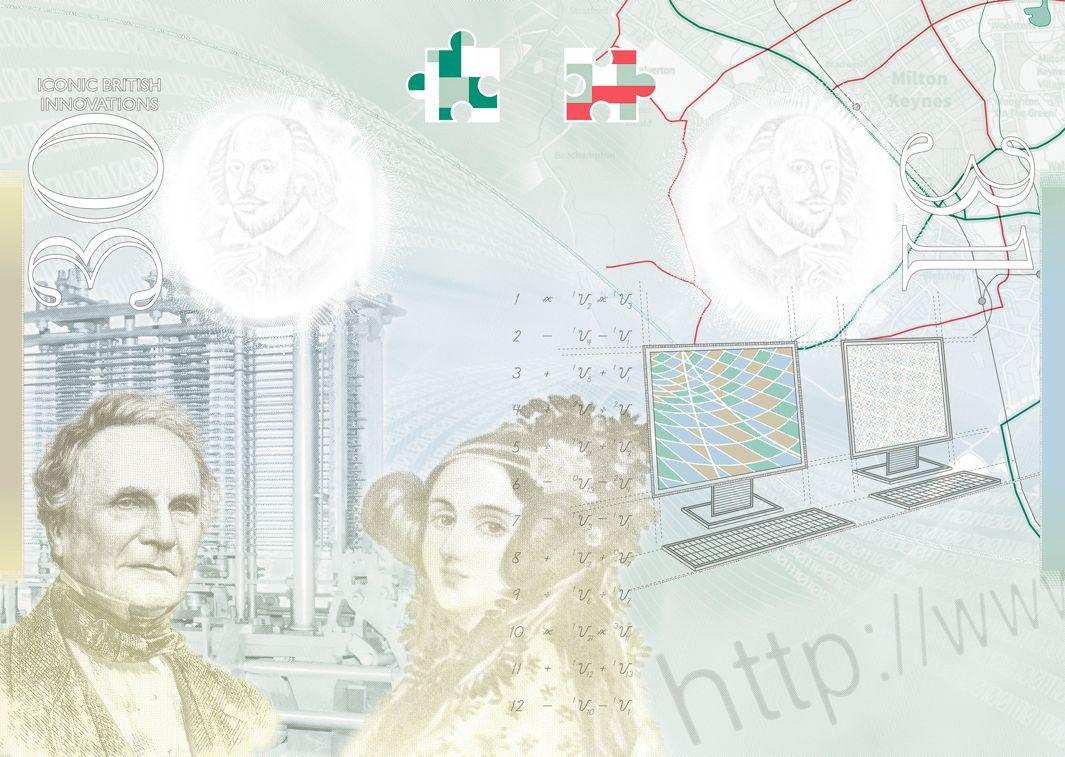
Courtesy of the Home Office
The U.K. issues new passport designs every five years for security reasons, and the new design is said to be the most foolproof to date, including some impressive invisible features embedded in the design to protect against fraud and forgery (and a haunting Shakespeare portrait watermark on every page).
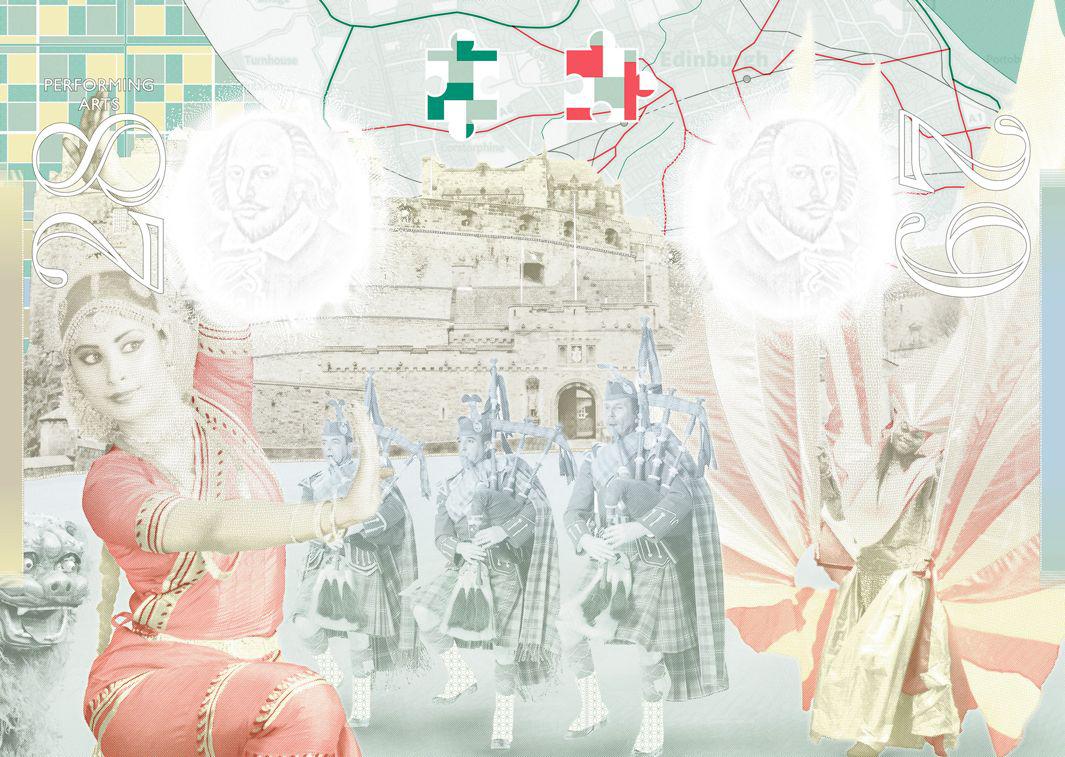
A spread devoted to the culture and diversity of U.K. performance festivals.
Courtesy of the Home Office
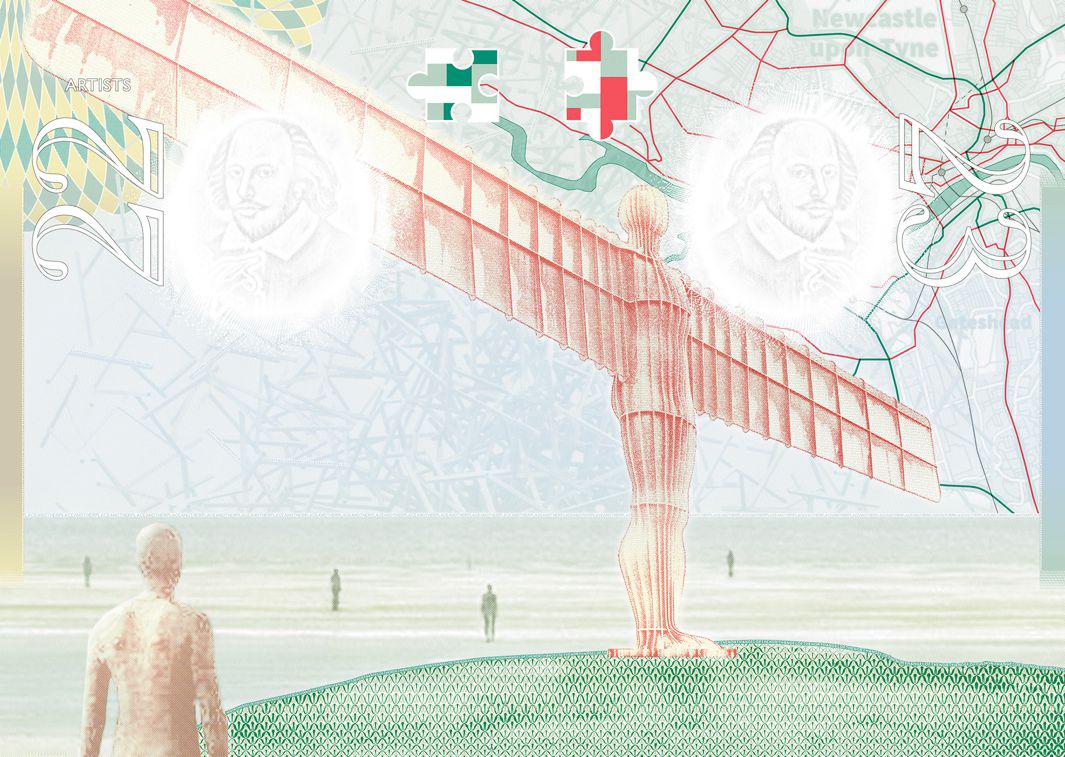
Courtesy of the Home Office
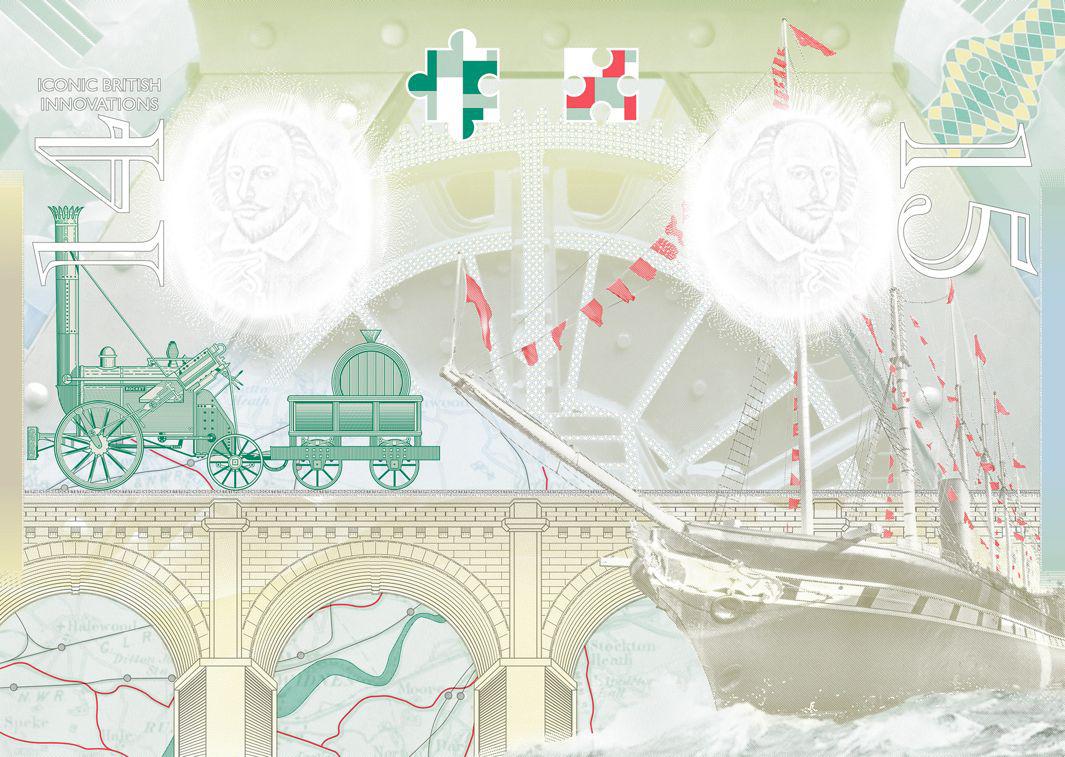
Courtesy of the Home Office
But the 34 pages designed around the theme of “Creative United Kingdom” look like something a Photoshop newbie might have dreamed up for a book report, with a fussy, overly intricate montage of portraits of notable figures alongside mediocre mashups of their greatest hits, with page spreads devoted to British innovations like the London Underground and a cursory nod to performance art in between. While the intentions are noble, the new passport does nothing to further the cause of art and design, let alone promote the underlying purpose of highlighting hundreds of years of innovation or the U.K. as the vibrant design hub that it currently is.

Courtesy of the Home Office

A spread devoted to British innovations includes the Penny Black stamp, a Victorian Post Box, a Perkins D cylinder, the old Birmingham General Post Office, a stamped postcard, and a map of London.
Courtesy of the Home Office
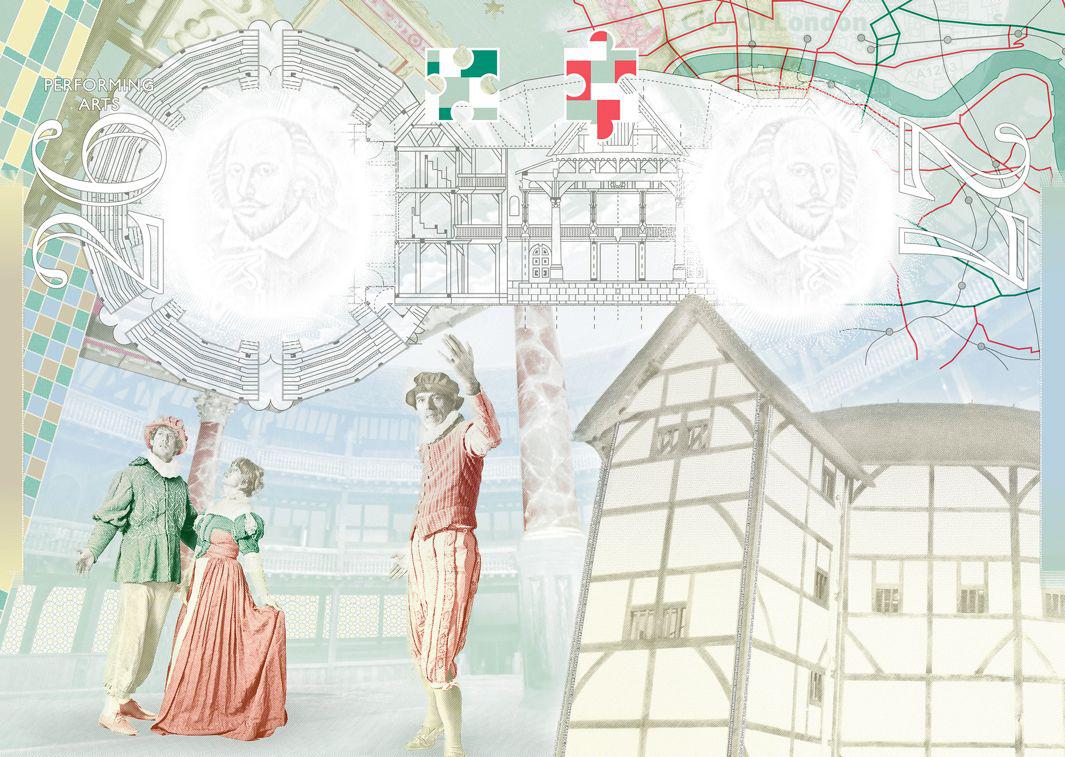
Courtesy of the Home Office
The passport was designed and produced in partnership with the HM Passport Office by De La Rue, which bills itself as “the world’s largest commercial passport producer and designer.”
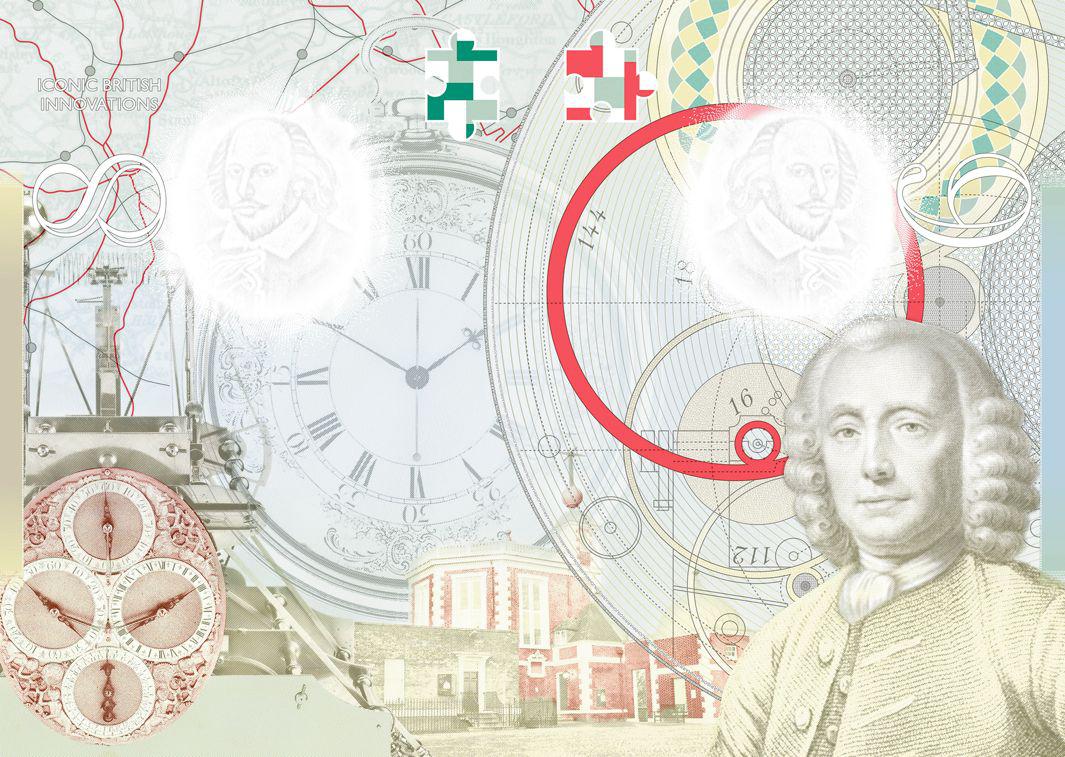
Self-taught clockmaker John Harrison, born in Yorkshire in 1693, invented a marine timekeeper that was regarded as a long-sought-after solution to provide the longitude of a ship at sea.
Courtesy of the Home Office

Courtesy of the Home Office
The new passports will be rolled out starting next month. Read and see more here.
